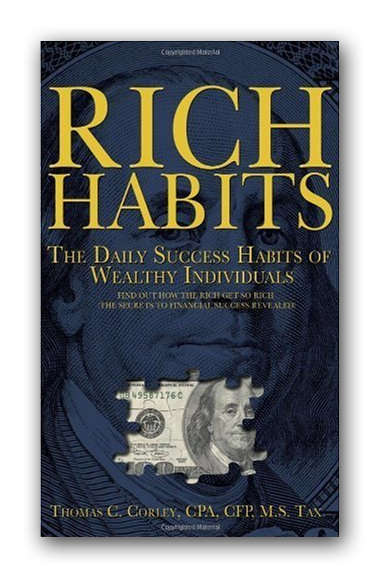
Sixty-one percent of the self-made millionaires in my study were small business owners and 39% worked for some big company.
Of the 39%, most were senior executives at those big companies or high level salesmen and almost 100% of those senior executives/salesmen owned stock in their employer.
When I peeled back the layers of the financial lives of these two groups, I found that the one common variable they all shared was multiple streams of income.
In the small businesses, the owners had numerous people working for them, either providing services or selling products. In the small business world those employees are called producers. Each one of those producers represented a stream of income to the small business owner.
For example, if a small business owner had ten producers, that represented ten streams of income, all working hard to make the small business owner rich. In many cases, the small business owners would then reinvest a portion of their profits into the business, growing the businesses and adding more producers; more streams of income. They would also invest a portion of their profits into investments that generated additional streams of income. Think retirement plans, real estate, stocks, bonds, annuities, etc.
And let’s not forget the elephant in the room. At some point, those small business owners generated a huge windfall by selling their interest in their small business, realizing enormous capital gains.
In the big companies, the senior executives and salesmen earned a high salary plus they participated in various employer stock ownership plans offered by the big companies. Those stock ownership plans represented a future second stream of income that, when sold, dwarfed their salaries, and made them wealthy. Like the small business owners, these big company senior executives would plow part of their salaries and stock gains into investments that generated additional streams of income. Once again, think retirement plans, real estate, stocks, bonds, annuities, etc.
Multiple streams of income, therefore, are a common denominator in building wealth. If you want to become rich, you must create multiple streams of income. That’s what self-made millionaires do. One stream of income is just not enough, if you want to be rich.








